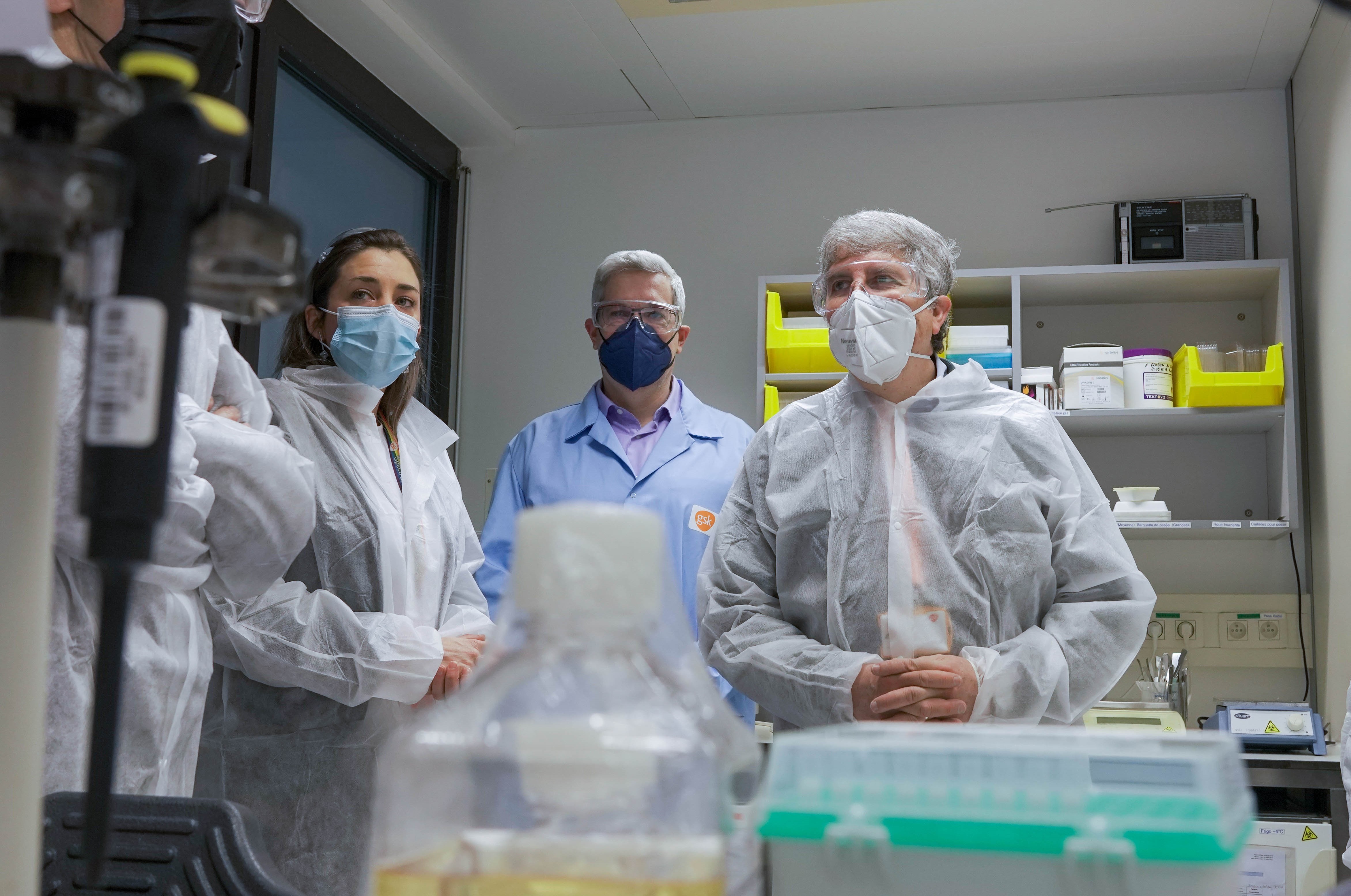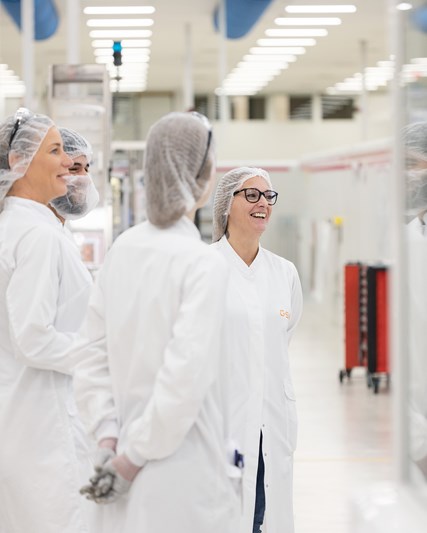RSV is one of the most common seasonal respiratory viruses – yet until recently, its role in adult disease was not well known. Here, GSK’s head of vaccines R&D and infectious disease research Phil Dormitzer shares what researchers have learned about RSV to increase awareness and empower patients to take action to protect themselves and loved ones against it.
I am so proud of the hard work our scientists do to help protect people against infectious diseases, positively impacting the lives of families and communities.
I’m particularly pleased that, after 60 years of research, there are now more choices for the prevention of RSV. We're building on decades of scientific leadership in respiratory disease prevention and treatment to expand options for patients and people at risk.
Those who have first-hand experience of the health impact of this respiratory virus are already convinced of the importance of protecting those at risk of severe RSV disease – babies, older adults and those with underlying medical conditions. Every year approximatively 470,000 adults aged 60 and older in high-income countries are hospitalised, and about 33,000 die due to RSV infections. Although public health campaigns are raising awareness, RSV as an adult disease remains relatively unknown to the general public.
The reasons are simple. The symptoms of RSV disease in adults can be similar to those caused by other seasonal respiratory viruses such as influenza. In addition, many of the symptoms are the same as the conditions that RSV can exacerbate, such as COPD and congestive heart failure.
Although RSV can be readily detected in infants and children by conventional tests, adult RSV infections are often only detectable with more recently developed tests. This has led to limited testing and reporting. As a result, people would rarely hear about an RSV diagnosis in an adult. Unless you know children and infants in your family or community who have been severely ill due to RSV disease, you might not have heard of RSV until last winter, when the term “Tripledemic” hit the news. Hospitals were quickly overwhelmed when cases of seasonal flu, COVID-19 and RSV disease sky-rocketed at the same time. Plus, doctors can only manage the symptoms of RSV. As of yet, there are no specific treatments for the virus.
So, to help improve our knowledge of RSV, here are three simple, yet fascinating facts emerging from recent research.
1. We don’t have an equal risk of severe RSV disease
RSV typically causes mild symptoms in healthy, young adults. However, in addition to the risk it poses for young children, the virus also poses a serious risk to older adults and individuals with chronic conditions such as asthma, COPD, congestive heart failure, or diabetes. In these vulnerable groups, RSV can lead to shortness of breath and breathing difficulties. It can also cause serious diseases including pneumonia and exacerbate chronic medical conditions. Becoming ill from RSV can lead to a deterioration in quality of life for those who are already fragile. This could mean higher chances of being hospitalised, increased dependency on family members or other care givers, or further potential health complications. For instance, a study conducted in the US showed that adults with chronic medical conditions are 3 to 10 times more likely to be hospitalised with RSV than adults without these conditions. Recognising these factors helps identify those most at risk.
2. We develop limited long-lasting immunity after an RSV infection
Unlike some infections, like measles, that give high level, long-lasting immunity, RSV infections do not result in robust long-term protection. Although an initial infection does reduce the severity of disease associated with subsequent infections, symptomatic re-infections can occur, and as we acquire co-morbid conditions and our immune systems age, the reinfections can become more and more severe. Understanding this aspect of RSV disease is crucial in our pursuit of effective public health strategies.
3. Like most seasonal viruses, RSV evolves – but not as fast as influenza or SARS-CoV-2
The epidemiology of RSV – or how the disease spreads – can vary from year to year. Factors such as levels of immunity in the community and the precautions we take against respiratory infections can influence its impact. However, it is also very different from seasonal viruses like influenza virus, which has much higher variability every year. Data have shown that strains of RSV that regularly cause human disease – which have only one viral type and 2 subtypes – do not have the same variability. This means that we’re not chasing a rapidly moving target, as it is the case with flu.
Our knowledge of RSV continues to grow, and we are committed to gaining a deeper understanding of the behaviour of RSV.
By increasing our understanding, we have made significant progress in preventing severe outcomes. As I’ve learned from great patient advocates, with knowledge comes empowerment – for people to make the right decisions about their health. So, I hope we can continue to increase awareness and inspire valuable conversations about how to protect those most at risk well into 2024 and beyond.







